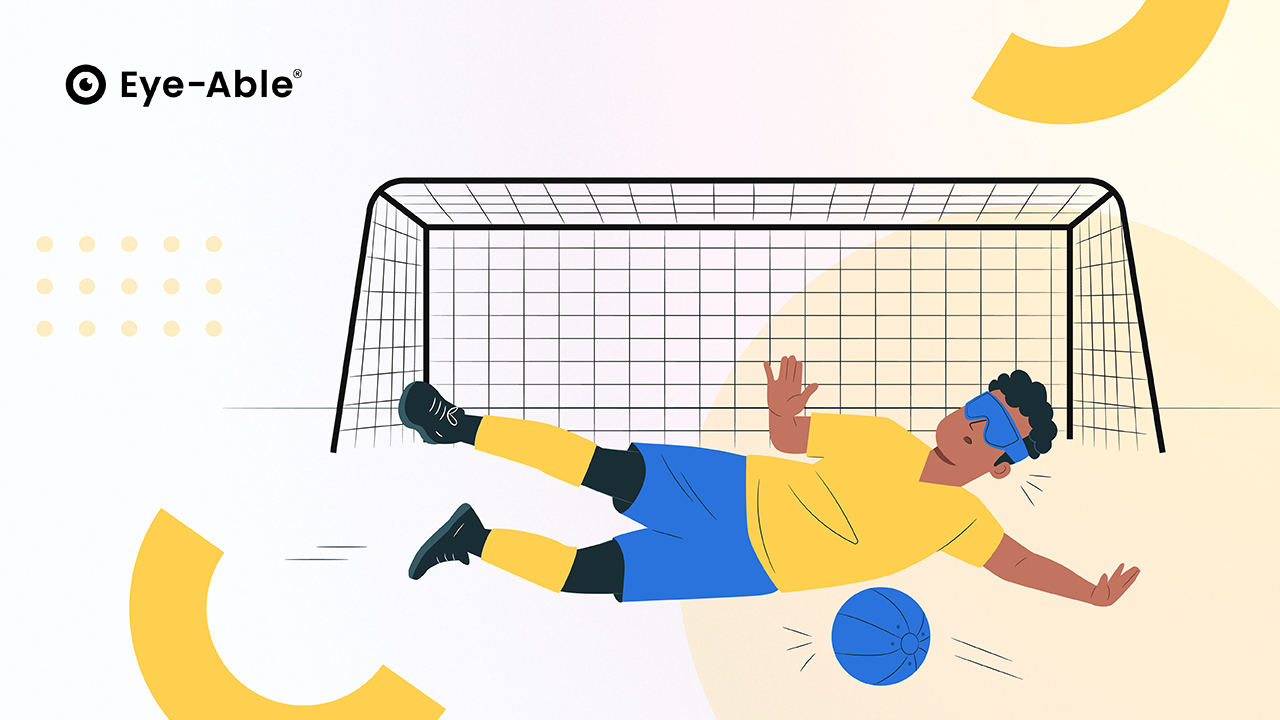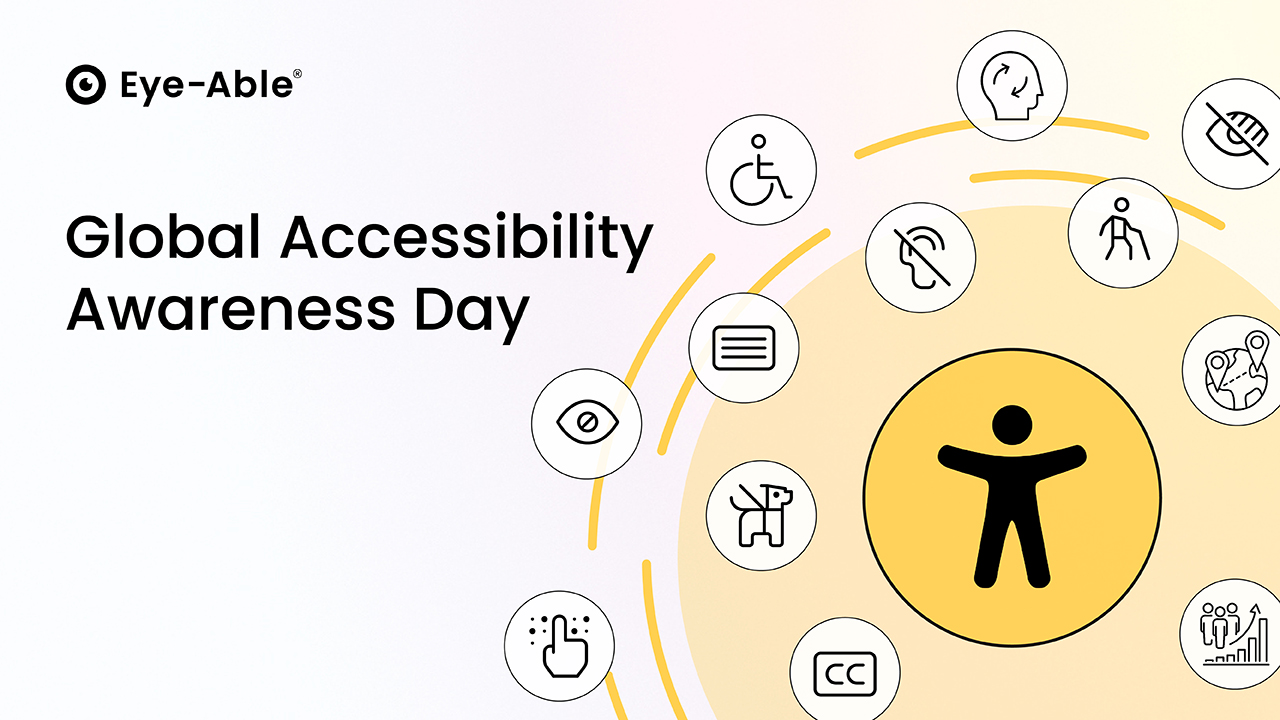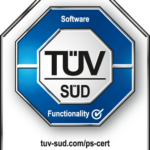Almost 10 % of all people worldwide have a disability and can have problems surfing the Internet as a result. What if your website was accessible to accessible to all these people would be?
Search engine optimization (SEO) and digital accessibility are two indispensable criteria for a well-performing website. The fact is that is compliance with the guidelines for accessibility on the Internet have a positive impact on your SEO strategyt and vice versa. This is not only a social aspect, but also offers many benefits for website owners. In this article, we want to explain how these two elements are connected so that yourso that your website can also benefit and become more accessible to everyone.
1. barrier-free web design
Use visual elements that are easily accessible for people with disabilities, such as a good contrast ratio, simple language, easy-to-read font and size. There are criteria set out in the WCAG, the digital accessibility guidelines, to help with this.
Impact on SEO: If users can navigate your website more easily, fill out contact forms and use FAQ questions, your website will be more relevant, which often leads to a better ranking in search results.
2. use of alternative texts
Alternative texts are descriptions of images and animations on your website in text form. They can be output by users of so-called "screen readers" in audio format and help them to understand the content of your site.
Impact on SEO: Accurate ALT texts allow search engines to understand the context of the image more accurately. This helps search engines rank your website, which can drive additional traffic to your website.
3. title tags
The "title tag" is the first thing that is read out by the screen reader software and gives the user an overview of the content of the page. It is also the default text when setting a bookmark and helps to navigate back later.
Impact on SEO: Title tags are one of the most important ranking factors (i.e. how high up you are displayed in search results), as the title of the page appears in the search results and in the browser tab.
4. meta descriptions
Meta descriptions are the text below the link that appears on the search engine results page. Screen readers read the metadata to screen reader users and help persuade them to visit your site.
Effects on SEO: The meta description primarily influences the "CTR" of a page. This is the number of clicks on an element in relation to the impressions achieved. These give you the opportunity to convince users of your unique selling points (USPs) and motivate them to click through to the search result.
5. readability
Another fundamentally important element of website accessibility is readability. It is also mentioned in the WCAG and means, for example, that the reading level corresponds to the style of your readers and that the text is written in simple language.
Effects on SEO: Easy-to-read content keeps visitors' attention for longer, reduces the likelihood that they will leave the page immediately (bounce rate) and signals to search engines that your page is relevant and informative.
6. enumerations and lists
The use of lists and bullet points are an aspect of readability and help to summarize content in an easy-to-understand format.
Impact on SEO: Search engines try to predict which content is most suitable for users. Considering that most people tend to skim web pages rather than read word for word, lists and bullet points are often beneficial.
Digital accessibility and search engine optimization go hand in hand and are relevant for all website website operators. We hope that we were able to help with this article and look forward to seeing the above criteria implemented, because: Digital accessibility benefits not just some people, but everyone!






